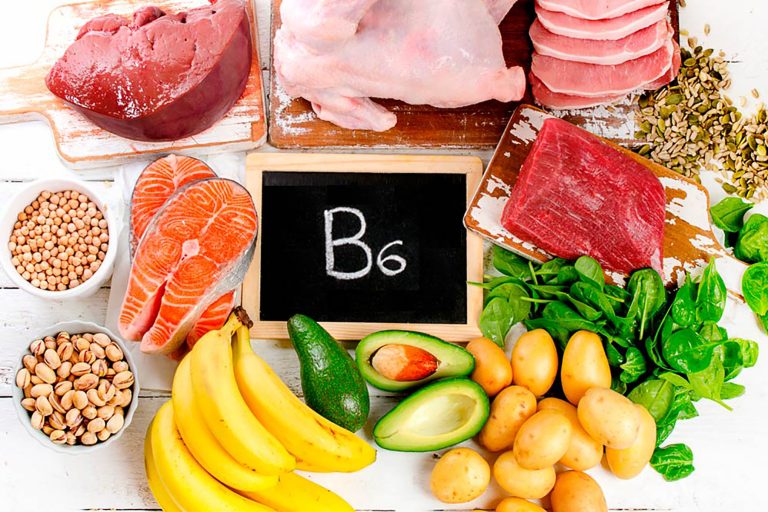Every person has an individual basal metabolic rate. We’ll show you what basal metabolism means and what it has to do with calorie consumption.
What is a basal turnover?
The basal metabolic rate, also known as the resting metabolic rate, indicates the amount of energy a person needs at rest per 24 hours. This energy keeps vital bodily functions such as breathing and heartbeat going. The basal metabolic rate depends on various factors such as age, gender, height, weight, muscle mass and state of health. It is therefore different from person to person and individual.
How can you calculate your basal metabolic rate?
The basal metabolic rate is a theoretical construct that is calculated using a formula. A formula that you can use to calculate your approximate basal metabolic rate is the “Harris-Benedict formula”:
Women: Basal Metabolic Rate = 655.1 + (9.6 * body weight in kg) + (1.8 * height in cm) – (4.7 * age in years)
Men: Basal Metabolic Rate = 66.47 + (13.7 * body weight in kg) + (5 * height in cm) – (6.8 * age in years)
There are other formulas like the “Mifflin-St.Jeor formula” which are similar but different:
Women: Basal Metabolic Rate = (10 * weight in kg) + (6.25 * height in cm) – (5 * age in years) – 61
Men: basal metabolic rate = (10 * weight in kg) + (6.25 * height in cm) – (5 * age in years) + 5
You notice that these formulas can only reflect a guideline and no binding, actual information.
If you don’t want to calculate your basal metabolic rate yourself, you can alternatively use one of the numerous free basal metabolic rate calculators on the internet.
Understanding Calories
Calories, actually kilocalories (kcal), is a unit that indicates the calorific value of food. Calorific value means heat energy that is released when a substance is burned. The more calories a food contains, the more energy it provides. You can find information on calories in Germany on every packaged food item in the nutritional information.
Note: Even healthy foods can contain a lot of calories. Pay attention to the quality of your food and a healthy diet.
Basal metabolic rate and calorie requirement
As mentioned, your basal metabolic rate is the amount of energy your body needs to survive. Your calorie requirement (or energy requirement) is the energy that you consume through exercise and work in addition to the basal metabolic rate.
This is how you can calculate your calorie requirement: total energy requirement = basal metabolism + performance metabolism
Each activity of the day is added up and, together with your basal metabolic rate, represents your specific daily calorie requirement. Another factor that influences your total energy requirement is thermogenesis. This is the energy you need to metabolize the food you eat.
Just as there are online calculators for basal metabolic rate, there are also calculators for calorie needs and total energy expenditure.
Lose weight with the knowledge of basal metabolic rate and calorie requirement
The more you train, the more you move every day, the more calories you burn. Your basal metabolic rate is always the same, you can only make a difference with exercise and food intake.
When you consume calories from food or drink, you have to use that energy to keep from gaining weight. Otherwise, the excess energy is converted into body fat. This is due to evolution, because in the past it was vital to have (fat) reserves for bad times. In today’s society, this is no longer an issue.
There are three options:
If you take in more calories than you expend, you gain weight. (calorie excess)
If you take in the same number of calories as you expend, you will maintain your weight.
If you take in fewer calories than you expend, you lose weight. (calorie deficit)
If you’re a little over your energy needs, that doesn’t necessarily mean you’re gaining weight. For example, if you do strength training, this excess energy is used to build muscle.
In order to burn one kilogram of body fat, almost 7,000 calories must be burned. Every body burns energy and therefore calories at different rates. People with a higher proportion of muscle, for example, have a higher basal metabolic rate because muscles also use energy at rest.
In short: More exercise means more calories burned. If you also pay attention to a correct diet, you can lose or maintain your weight.
Important: You should never consume so many calories that you fall below your basal metabolic rate. Because this is essential!
Note: Losing weight quickly is unhealthy and usually has a yo-yo effect. Listen to your body and take your time. Avoid cheat days, extremes are rarely good. A balanced diet is the be-all and end-all.
You can calculate your BMI as a guide to your current weight status, because this makes statements about whether you are normal, underweight or overweight. However, the BMI does not say whether you are healthy or not and should therefore be viewed with caution.











